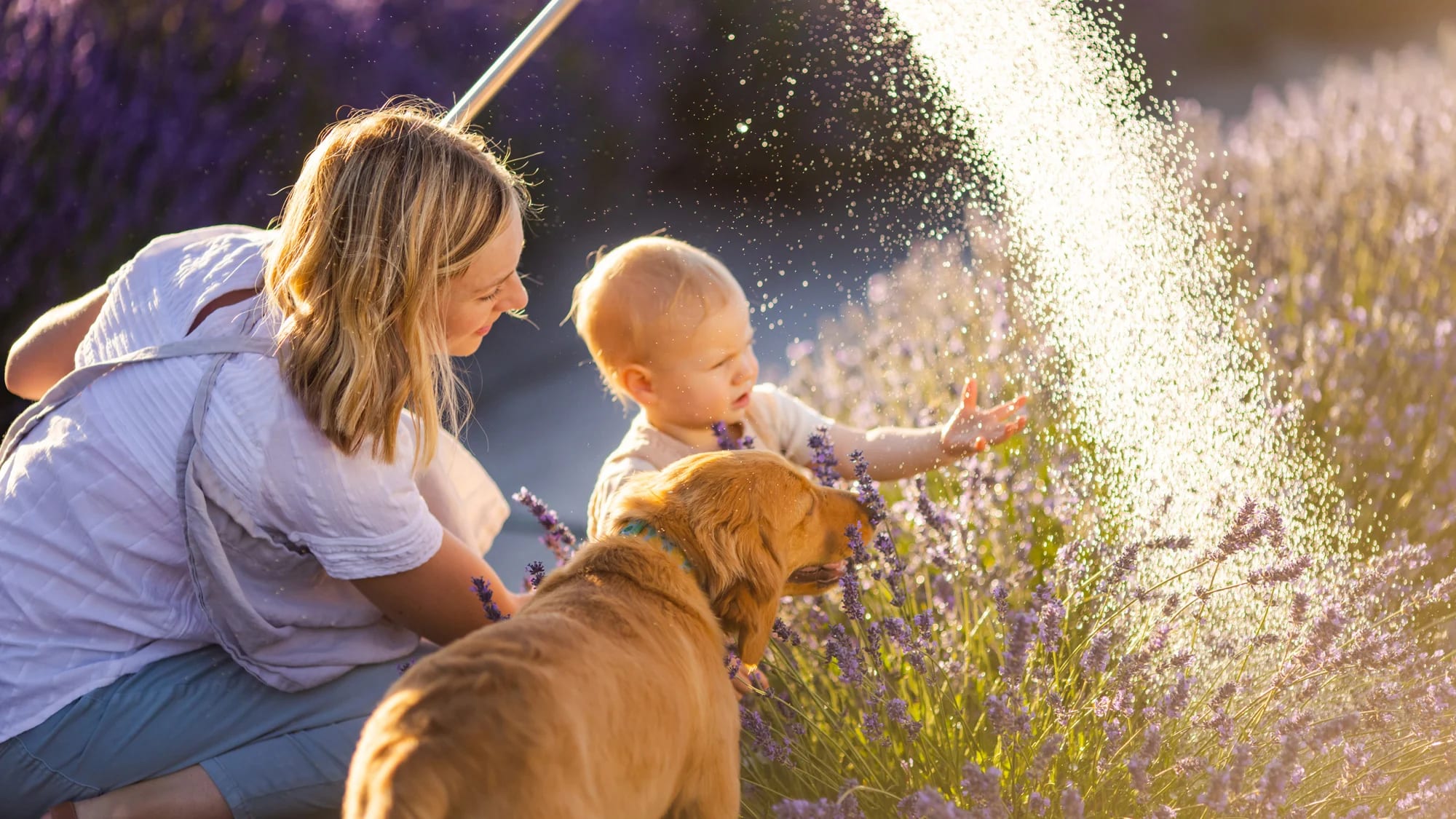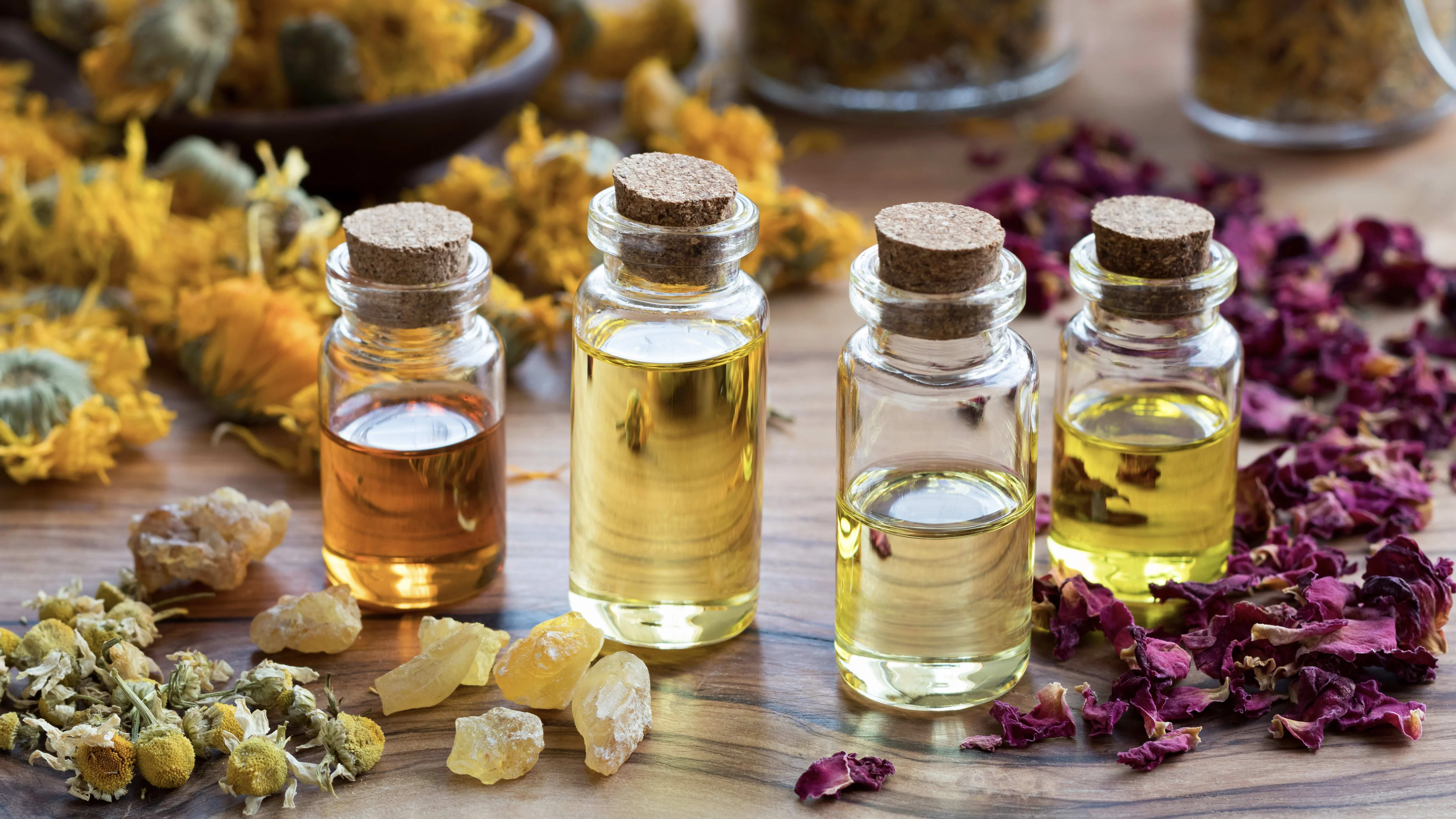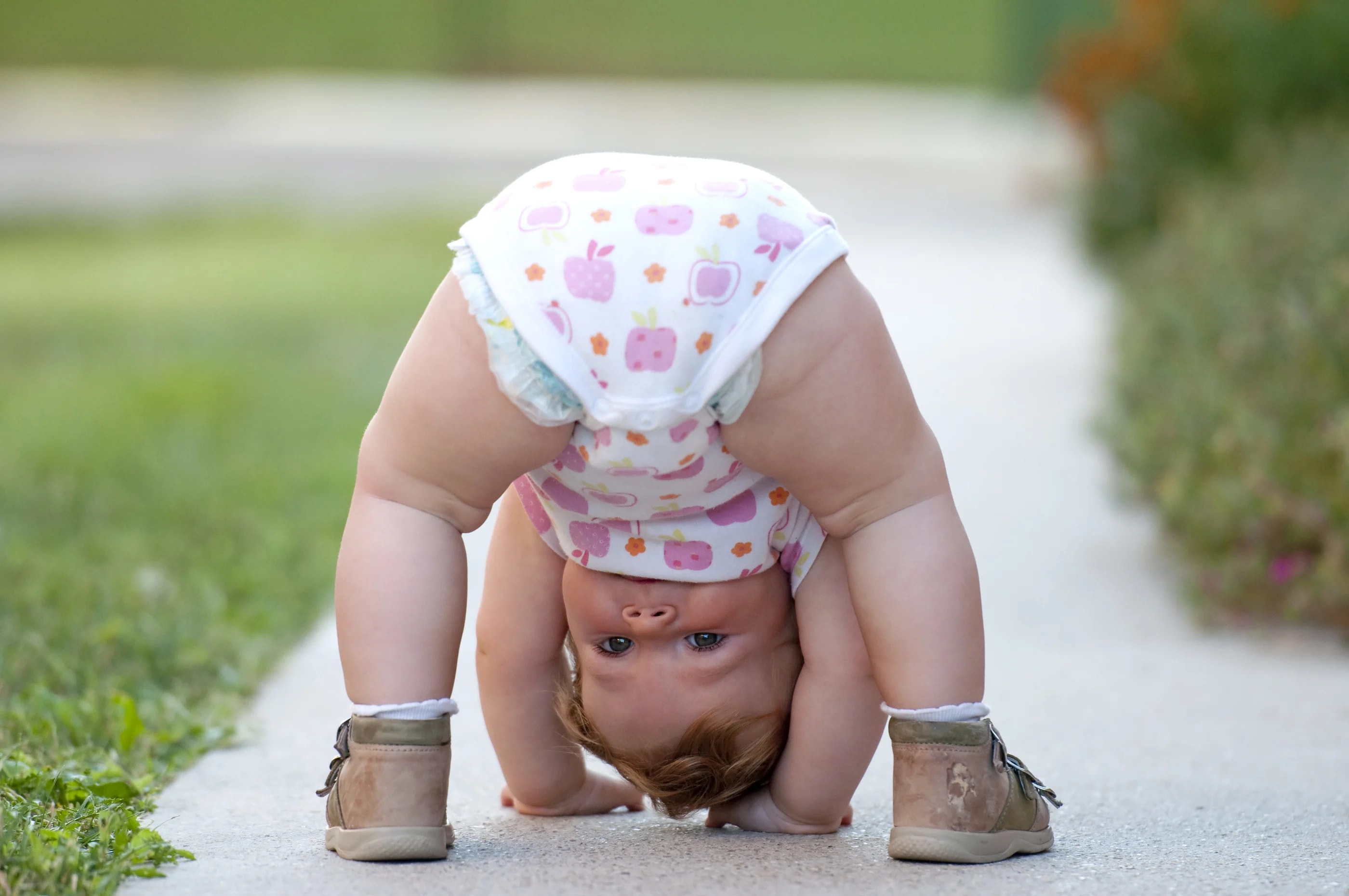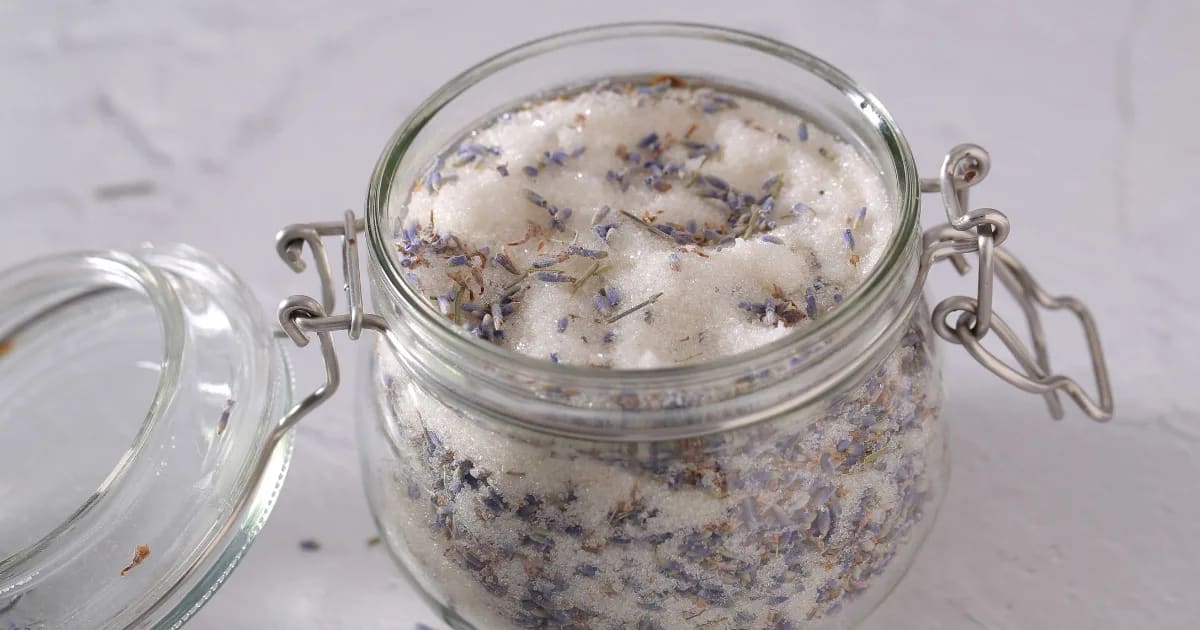Using Strong Essential Oils for Children: Is It Ever OK?
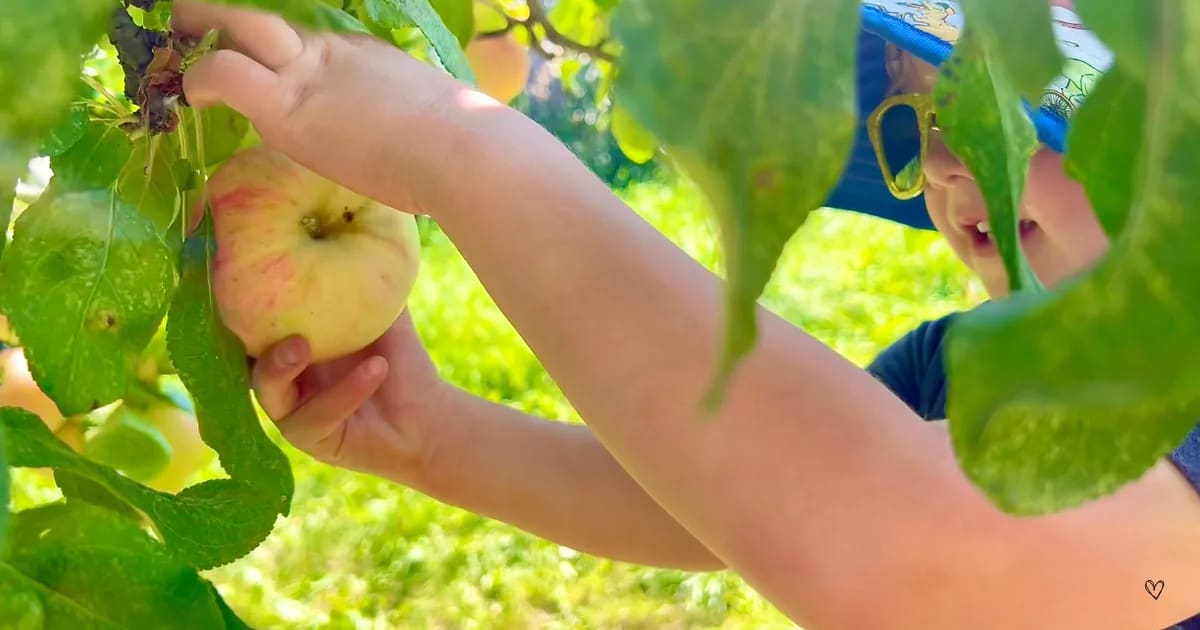
The Instinct to Care for Our Children
As an RN and a grandmother, I know the urge to comfort a suffering child can be overwhelming. So when my little 3-year-old grandson was sniffling and coughing, my instinct was to reach for an essential oil—even though I am always cautious about using essential oils for children under 5. At Aromahead Institute, we often avoid using oils for little children altogether, especially if the oils are considered “strong,” or especially potent. It’s natural to want the best for our children, and reaching for a strong essential oil is tempting.
However, less is often more in the case of essential oils. It’s important to remember that gentler oils can be just as effective—especially for little ones whose systems are more sensitive.
In this post, I will explore why, in most cases, gentler oils are the better choice—and when it may be appropriate to use stronger oils.
We will cover:
Why gentle essential oils are so effective for young children.
How to assess if it’s the right time to use a stronger oil.
Guidelines for safely deviating from our standard approach.
Practical tips for acute use and safe application methods.
While having a basic protocol is important, sometimes the right thing to do is to step outside of the guidelines carefully and conscientiously.
Why The Aromahead Approach®?
When it comes to using essential oils for toddlers and small children, The Aromahead Approach® is usually to avoid applying essential oils topically, and to not use inhalers. Instead, we favor using essential oils around the child.
For example, a parent or caretaker could apply the oils to their shoulder, so the child would smell the oils while being held.
Using room sprays, linen sprays, and diffuser blends are also some of our favorite go-to methods.
The reason for this is that little children’s systems are still developing, and very responsive. There are “pros and cons” to this. On one hand, a “pro” is that it usually does not take much essential oil to nudge a child’s health in the direction of balance. On the other hand, a “con” is that it’s easy for children to be overwhelmed by an oil that’s too strong, or too highly concentrated.
We trust this approach even when we’re using gentle essential oils for children. (Just because an essential oil is “gentle,” does not mean we use it liberally.)
Gentle Oils are Effective & Reliable
If a child you love is suffering, it may seem that stronger oils are necessary to tackle tough symptoms. However, in most cases, gentle oils like Lavender (Lavandula angustifolia), Roman Chamomile, and Tea Tree offer powerful antiviral and immune-boosting benefits. They’re excellent for supporting a child’s health without the risks associated with some of the stronger oils.
Children tend to respond very well to these oils and love their aromas. And while I’m calling these oils “gentle,” that doesn’t mean they are any less effective than some of the more potent oils I’ll discuss in a moment. Gentle doesn’t mean weak, but non-irritating.
I’d like to share 9 of my favorite essential oils to use for children. (This isn’t a complete list of every essential oil I trust for kids, but I wanted to give you a quick resource you can reference if the need arises.)
Gentle Essential Oils Recommended for Small Children
Lavender (Lavandula angustifolia)
Cedarwood (Juniperus virginiana)
German Chamomile (Matricaria recutita)
Frankincense (Boswellia carterii)
Patchouli (Pogostemon cablin)
Roman Chamomile (Chamaemelum nobile)
Sweet Orange (Citrus sinensis)
Tea Tree (Melaleuca alternifolia)
Thyme ct linalool (Thymus vulgaris ct linalool)
I also like using conifer oils and citruses for small children. However, with citruses, we have to be conscious of potential phototoxicity. Phototoxic essential oils can cause skin reactions in sunlight and UV light. Learn to use them safely in this Aromahead post.
Deviating from these gentle oils should be a rare occasion, always weighed carefully.
Using Strong Essential Oils for Kids
Some essential oils are so strong that we recommend avoiding them for children altogether. Our approach is guided by Essential Oil Safety, written by Robert Tisserand and Rodney Young.
For example, Eucalyptus essential oil (Eucalyptus globulus) contains a component called 1,8-cineole that some children react negatively to. Tisserand and Young note reports of unwanted reactions when 1,8-cineole-rich oils were placed in children’s noses. In some cases, it was associated with restricted breathing and toxicity.
That’s why The Aromahead Approach® is generally to avoid using oils rich in 1,8-cineole for young children.
However, Robert and Hana Tisserand have pointed out that on occasion, Eucalyptus oil can be diffused around children younger than 6. Here’s a quote from Essential Oil Safety…
“The instillation of 1,8-cineole into the noses of young children is clearly not a sensible procedure, but this should not be taken to mean that any preparation containing 1,8-cineole is highly dangerous to children per se.”
Considering this, I would feel comfortable occasionally diffusing Eucalyptus around my grandson.
However, it’s important to note that these situations are exceptions rather than the rule. Most of the time, a child’s discomfort can be alleviated with gentler oils, avoiding the need to step outside standard guidelines.
At Aromahead Institute, our suggestions are always guided by expert opinions (such as those of Tisserand and Young), experience, and research. To that end, we stay abreast of recent developments in the field of essential oil research. Sometimes, we only have a few small studies to inform our decisions. The goal is always to be conscientious and responsible. As new research develops, we stay open to amending our approach, always leaning toward the conservative use of essential oils, and preferring the gentler ones with little children.
If I do make the (rare) choice to use a stronger oil for a child, here are a few I would turn to (and some I would avoid).
Strong Essential Oils to Restrict
These oils are potent, and normally, children don’t need such strong oils. They would only be used in minute amounts, never near a child's nose, and only in very acute, short-term situations. I always prefer gentler oils! This list isn’t exhaustive.
Benchmark Thyme (Thymus zygis)
Eucalyptus (Eucalyptus globulus)
Ginger (Zingiber officinale)
Lemongrass (Cymbopogon citratus)
Ravintsara (Cinnamomum camphora ct 1,8-cineole)
Spike Lavender (Lavandula latifolia)
Strong Essential Oils to Avoid
These oils are considered too strong, and I wouldn’t use them for a small child even in a short-term situation. As with the other two lists of oils, this isn’t exhaustive.
Cinnamon Bark (Cinnamomum verum)
Cinnamon Leaf (Cinnamomum verum)
Clove Bud (Syzygium aromaticum)
May Chang (Litsea cubeba)
Oregano (Origanum vulgare)
Peppermint (Mentha × piperita)
Rosemary ct camphor (Salvia rosmarinus ct camphor)
Thyme ct thymol (Thymus vulgaris ct thymol)
Wintergreen (Gaultheria fragrantissima)
Guidelines for Deviation
We follow the Aromahead Approach® closely because these guidelines prioritize safety. But how do we know when it’s appropriate to adjust these guidelines?
In my grandson’s case, he had an acute, active infection. It wasn’t just that he was miserable. I also recognized that his condition could easily escalate into something more serious. In this situation, I felt it was necessary to step outside of my usual guidelines. It was an acute event requiring short-term use.
That’s a good example of when it’s appropriate to use essential oils more actively for a little child.
If I am creating a set of “guidelines for deviating from the guidelines,” here are a few points I’ll follow:
An acute situation (an active infection or an injury).
An impending infection (at the first sign of pain or discomfort).
A lingering infection (to help a child finally “get on the other side” of a sickness).
Short-term use, no longer than one week.
I also advise consistent vigilance and monitoring. If the child shows any signs of reacting negatively to the essential oil, discontinue its use immediately.
Safe Aromatherapy for Babies: Gentle Approaches
When it comes to babies, it’s crucial to use the gentlest methods possible. Their delicate systems are highly sensitive, and even small amounts of essential oils can have a significant impact. Here are a few safe and effective ways to introduce aromatherapy to your baby’s environment:
Hydrosols – a gentle option: Hydrosols are a fantastic choice for babies due to their mild nature. For example, spraying Lavender hydrosol in a room where a baby has a runny nose can help clear the air of germs and create a calming atmosphere. Most of the time, this simple step is all that’s needed to support your baby’s comfort and health.
Diffuse essential oils safely: If you choose to diffuse essential oils in your baby’s room, it’s important to take precautions.
Diffuse and air out: Run the diffuser for a short period (5–10 minutes) before bedtime, then turn it off and ensure the room is well-aired before bringing the baby in. This allows the beneficial properties of the oils to linger without overwhelming the baby’s sensitive system.Use cotton balls for indirect aromatherapy: Another safe method is placing a drop or two of a gentle essential oil such as, Lavender (Lavandula angustifolia) or Roman Chamomile, on a cotton ball. Place the cotton ball 2–3 feet away from the baby’s crib, ensuring the aroma is subtle and not overpowering. This provides a gentle introduction to aromatherapy without direct exposure.
Essential Oils for Kids: Practical Tips & Methods
Try One Oil at a Time
If I’m using essential oils for a small child, I like starting with just one essential oil at a time, rather than a blend of oils.
This allows me to watch the child’s reactions, and better understand how they are responding to individual oils (and, potentially, the components in the oil). If I were to use a blend and the child had an unwanted reaction, I could not be sure which oil caused it, and I would be uncertain how to proceed (or which oil I should try next).
If I feel comfortable that the child isn’t experiencing an adverse reaction to several oils, I might then blend them together.
Inhalation
The Aromahead Approach® to inhalation for children usually leans on diffusion—running the diffuser for 5 to 15 minutes at a time, once per hour.
Inhalers are designed to be used right up against the nose, introducing a strong dose of essential oils directly into the nasal cavity. Most of the time, that’s just too high a “burst” of essential oils for a small child.
However, in acute situations, I will sometimes put a drop or two of a strong essential oil into an inhaler, and waft it gently underneath the child’s nose. (I don’t press it against their nostrils, but just waft it gently.) I do this 3 to 5 times per day until the child’s infection clears up.
Even in these cases, gentler oils like Lavender (Lavandula angustifolia) or Roman Chamomile are often all that’s needed. They’re beautifully effective when diffused or applied in a way that surrounds the child with a comforting aroma, without overwhelming their sensitive systems.
Methods of Application
Along with inhalation, there are a few ways we can use essential oils for young children.
Chest rub: Making a salve, butter, or oil that’s applied to the child’s chest allows them to breathe in the blend, while it’s also absorbed into the skin.
Belly rub: This one is especially helpful when little ones say “My belly hurts!” Like with the chest rub, we can make a salve, butter, or oil. We can also use lotion for this.
Body oil: Body oils are easy to make and apply. If you can take a little time with the child to apply the oil, they can feel very comforted by the massage experience.
Lotion: Similar to body oil, but less oily. The essential oils absorb more quickly into the skin, whereas with body oil, they linger for a time.
What about bath time? Can we use essential oils in baby’s or toddler’s baths? I prefer to use hydrosols at bath time. Hydrosols are aromatic waters distilled from plants. They have therapeutic properties, and they’re much gentler than essential oils.
Safe Essential Oil Dilution for Children
If you’re applying the oils topically, be sure to dilute them safely in a skin-nourishing carrier—like jojoba oil (Simmondsia chinensis), avocado oil (Persea gratissima), or shea butter (Vitellaria paradoxa).
For those gentle essential oils that are generally safe and non-irritating, we have a set of basic guidelines we trust. I’d like to share them, and then discuss how we might adjust them to blend for babies and children, including when we’re using strong oils.
Here are Aromahead’s general dilution guidelines:
1% – 5-6 drops of essential oil in 1 fl oz (30 ml) of carrier: children ages 5-10, the elderly, and those with chemical sensitivities.
2% – 10-12 drops of essential oil in 1 fl oz (30 ml) of carrier: for general use, emotional support, healthy adults, and bigger kids.
3% – 15-18 drops of essential oil in 1 fl oz (30 ml) of carrier: for acute, short-term use, infections, and injuries.
When using oils that are considered very gentle for children, I always stick to a 1% dilution. Sometimes, I’ll use only 1–2 drops, depending on the situation. Even if the circumstances seem to call for more, I never exceed this concentration for children under 5, ensuring that I use only oils from the "recommended" list above.
However, if I’m using a strong oil and deviating from these guidelines, I prefer to use a dilution lower than 1%.
For example, I might use just 1–2 drops of Eucalyptus in 1 fl oz (30 ml) of carrier oil—which is about 0.2–0.3% dilution.
A Few “Nevers” to Keep in Mind…
Never apply the oils undiluted. An exception might be Lavender (Lavandula angustiofolia) or Helichrysum (Helichrysum italicum) when needed for an emergency such as a bug bite or bee sting).
Never use the oils internally for babies and children.
Never put essential oils into a child’s orifices (nose, ears, etc…).
Never force a child to use an essential oil that they turn away from, or have a negative emotional reaction to. However, if they lean into the essential oil and smile as they breathe in the aroma, that is a positive sign.
Recipe
This is an inhaler I would feel comfortable using for my grandson when he’s coughing, sniffling, and sneezing.

A Whiff of Thyme & Lavender
For a gentle and effective approach suitable for a young child under 5.
Ingredients:
1 drop of Thyme ct linalool (Thymus vulgaris ct linalool)
1 drop of Lavender (Lavandula angustifolia) in an inhaler.
Directions:
Combine essential oils in an inhaler
Gently waft the inhaler beneath the child's nose 3 to 5 times, being careful not to overwhelm them.
This combination offers the soothing respiratory support of Thyme ct linalool, along with the calming properties of Lavender. It’s ideal for easing discomfort in very young children.
Gently waft the inhaler beneath the child’s nose 3 to 5 times, being careful not to overwhelm them.
Common Myths About Essential Oils and Children
Here are a few myths we often encounter at Aromahead.
Myth 1: All essential oils are safe for kids.
Many people believe that because essential oils are natural, they are inherently safe for children. In reality, some oils can be too strong or cause adverse reactions in young children.
Myth 2: Natural means “safe for everyone.”
While essential oils are natural, they are still incredibly potent—each oil containing a high concentration of a plant’s essence. The various constituents in the oils can be incompatible with certain allergies, medications, or other health issues. And some oils, like Peppermint and Rosemary, can pose significant risks for little children.
Myth 3: More is better!
Essential oils are highly concentrated plant essences, and small children’s systems may be easily overwhelmed. With essential oils, particularly for children, less is often more. Overuse can lead to sensitization or other adverse reactions.
Myth 4: Essential oils are a cure-all for children’s ailments.
While essential oils can offer comfort and support, they are not a replacement for professional medical care. An aromatherapist cannot diagnose a medical condition and does not rely solely on oils for serious conditions.
Alternative Remedies for Children
In addition to essential oils, other natural remedies can offer gentle support for young children.
Herbal teas: Chamomile or ginger tea can soothe a child’s stomach or help them relax before bedtime.
Hydrosols: As I mentioned above, hydrosols are much gentler than essential oils and can be used safely in baths or as room sprays for small children.
Warm compresses: A warm compress with a diluted hydrosol can be soothing for chest or belly discomfort.
Oatmeal baths: For children with irritated skin or rashes, an oatmeal bath can help soothe the itch.
Humidifiers: A cool-mist humidifier can help keep airways moist, especially during cold or flu season. Adding a small amount of hydrosol can enhance the soothing effect.
My Takeaway
Using essential oils with small children is a delicate practice that calls for both caution and care. While there are moments when stronger oils might be needed, it's important to remember that gentle oils often provide the perfect balance of safety and effectiveness. Trust your instincts, start with the gentlest options, and always prioritize the well-being of the child. In the world of essential oils, sometimes the softest touch can make the most profound difference.

Aromatherapy for Natural Living
Welcome to Aromatherapy for Natural Living! This 36+ hour course is your perfect guide to using essential oils to enhance health, well-being, and create a clean, green household. You’ll gain in-depth knowledge of 18 popular essential oils, learn to craft natural remedies for common health concerns, and make home and body care products that smell amazing.
REFERENCES
Tisserand, Hana. (2018). Are peppermint and eucalyptus oils safe for young children? Tisserand Institute. https://tisserandinstitute.org/learn-more/kids-inhalation-safety/
Tisserand, R., Young, R. (2014) Essential Oil Safety 2nd Edition. Edinburgh: Churchill Livingstone


